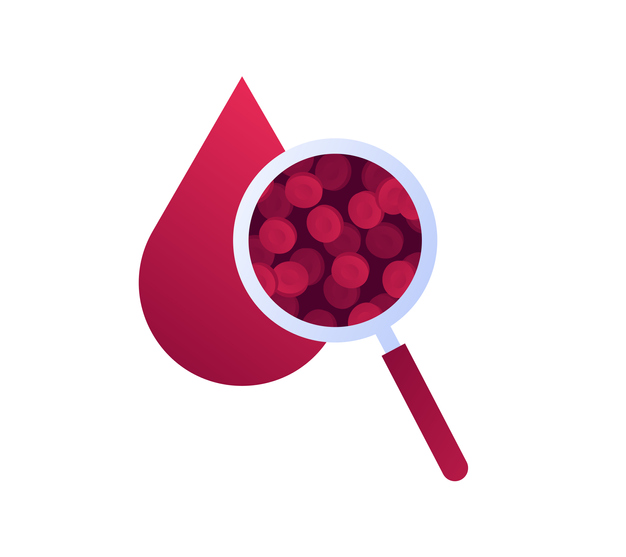
Precision medicine today is predicated on the potential for biomarkers to ensure the success of today’s most promising drugs by stratifying patient cohorts and guiding indication selection. Less appreciated is the utility of biomarkers to contribute to the discovery of tomorrow’s next generation therapeutics. Ideally, a biomarker discovery platform is designed to serve as an end-to-end solution that not only de-risks clinical development, but also drives early discovery and supports translational investigations. Linking these different stages in the drug R&D lifecycle can be transformational, creating important feedback of data and information.
Biomarker-driven drug development is estimated to be greater than 10-times more likely to succeed than without biomarkers. This is especially salient in oncology, where the clinical trial failure rate (blended across all phases) is estimated to be approximately 96 percent. These biomarker discovery platforms help address the problem of high clinical trial failure rates and long and expensive R&D slogs. To help bridge from successful early discovery to translational evidence to improved clinical outcomes, new opportunities need to be identified to treat complex diseases that today have very few options.
Let’s further consider oncology as an example. Drug development in cancer stands to benefit greatly from an increasing number of public datasets like The Cancer Genome Atlas (TCGA) and Cancer Cell Line Encyclopedia (CCLE), as well as the vast troves of patient-derived molecular and clinical data captured through clinical trials and clinical practice. Often, translational research groups publish novel gene signatures that claim predictive, prognostic or diagnostic potential around a particular disease, mechanism or class of drug. Sadly, these rarely work in a clinical setting. Making use of these data resources and prior analytic works is not trivial. One must take a cautious and systematic approach to QA/QC, and spend the time understanding both the data and the models before hoping to apply them to new therapies and patient cohorts. Ultimately the goal is to leverage public and proprietary data in building predictive models for the next generation of life saving treatments.
So what are some of the key areas that healthcare companies need to focus on in order to increase their chance of clinical and commercial success? The identification of scalable data solutions is a necessary step. Key opinion leaders in the data science/healthcare AI field agree that FAIR (Findable Accessible Interoperable Reproducible) guidelines should inform research data management and IT systems. In addition to data management excellence, state-of-the-art bioinformatics and data science best practices are essential. Biomarker development entails the analysis of data generated across the life cycle of drug R&D and in real-world settings. Analysis of this data is most likely to succeed when the data themselves are optimally handled. FAIR guidelines help ensure that data are processed and organized in such a way to enable the best possible data science outcomes with human and machine-actionable insights.
Additionally, it’s important to answer questions like what data would one use or assemble that would be predictive? Or how does one better rank potential targets that are more likely to be useful for tumor types with the safety profile to be successful? These answers will enable companies to identify solutions to make smarter decisions about biology. AI and machine learning can find a needle in a haystack, but they are only as useful as the questions we aim to answer.
Increasingly, the biomedical community is coming to rely on data science, focusing on new and creative ways to treat disease. Blending computational biology and AI-based methods, the goal is to identify new targets, pair these with effective chemistry, and define biomarkers to optimally position novel therapies. This is the path to improved drug discovery, and ultimately transforming the lives of people suffering from disease in need of effective treatments.








